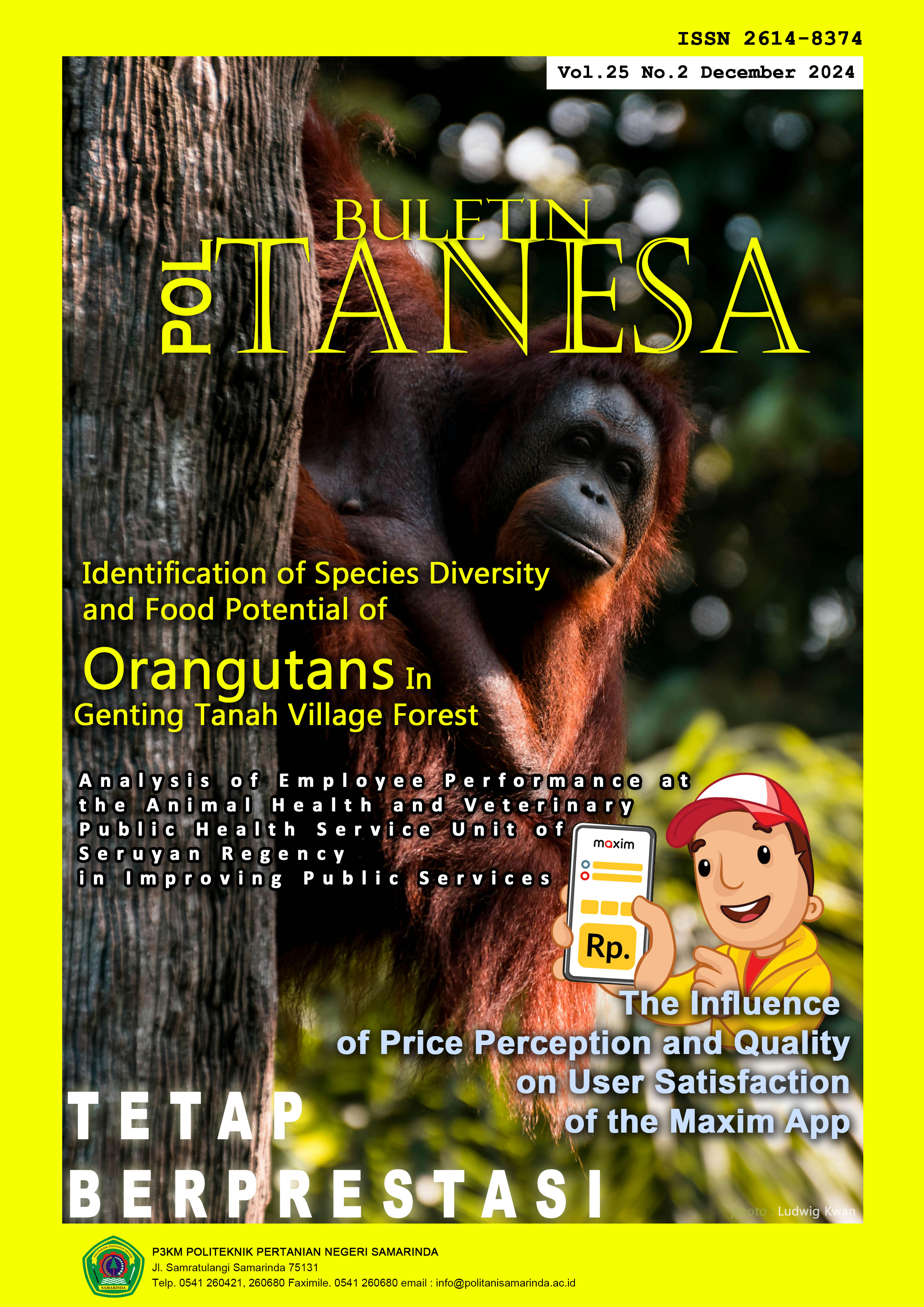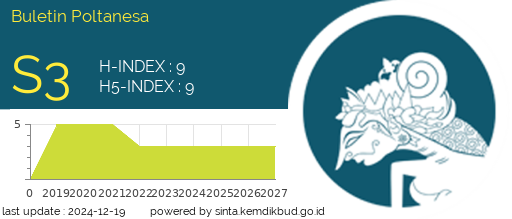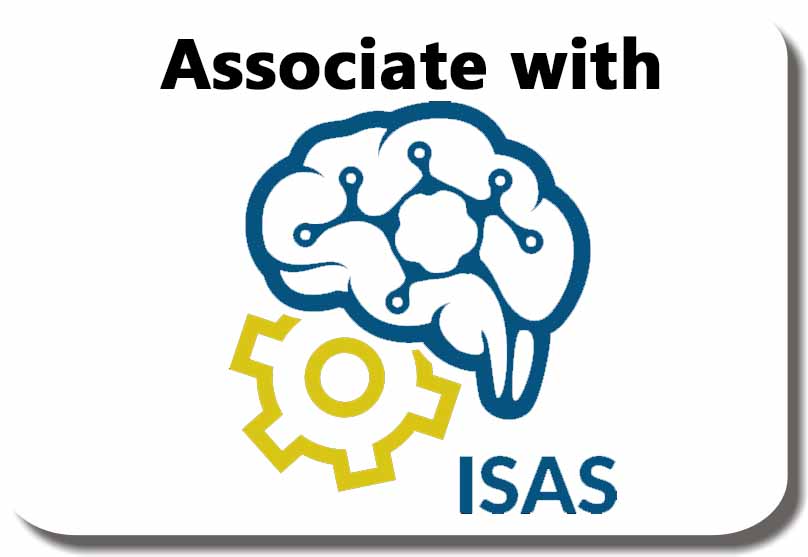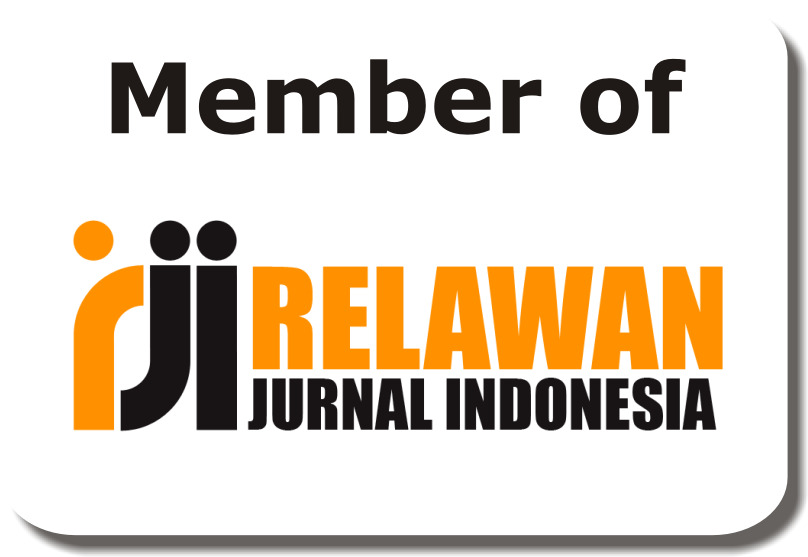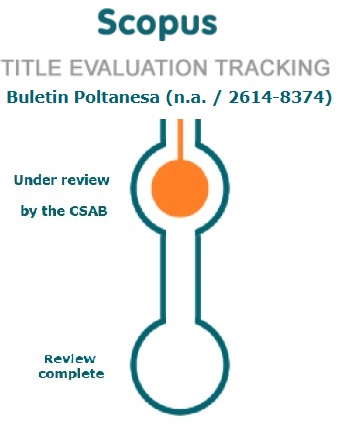Implementation of Breathing Exercises at Home in Hypertension Patients in Adults Aged 36-45 Years
DOI:
https://doi.org/10.51967/tanesa.v25i2.3198Keywords:
Implementation, adults, relaxation, deep breathing, blood pressure, hypertensionAbstract
Hypertension is one of the diseases of the cardiovascular system that has high mortality and morbidity rates. High blood pressure in hypertensive patients can be treated with pharmacological and non-pharmacological therapy. One of the non-pharmacological therapies is deep breathing relaxation therapy. This study aims to determine the effectiveness of deep breathing relaxation therapy on reducing blood pressure in patients with hypertension. The sample in this study were patients with hypertension in Kelurahan Jawa, RT 19 and RT 26 Samarinda as many as 40 respondents. The design of this study was to use a Cluster-randomized trial design by conducting a cluster randomized controlled trial with a 1:1 community-based intervention and control group. The results of the study above show that the systolic blood pressure value before being given deep breathing relaxation therapy was 160.451 mmHg and the systolic blood pressure after being given deep breathing therapy was 130 mmHg. And the diastolic blood pressure before being given deep breathing therapy was 98 mmHg and the diastolic blood pressure after being given deep breathing therapy was 84.35 mmHg. In this study, the confidence level taken was 95% with 5% (0.05). Based on statistical analysis using paired sample T-test, the systolic blood pressure value was 0.001. This means that the value is smaller than 5% (0.05) so that H0 is rejected, which means that there is an effect of deep breathing relaxation therapy on reducing blood pressure in people with hypertension. The average systolic blood pressure value after being given deep breathing relaxation therapy was 30.46 mmHg and the average diastolic blood pressure after being given deep breathing relaxation therapy was 84.35 mmHg. There was a decrease in the respondents' blood pressure after being given deep breathing relaxation therapy, namely systolic blood pressure of 130 mmHg and diastolic blood pressure of 84.35 mmHg. Based on statistical analysis using paired sample T-test with a confidence level taken at 95% with 5% (0.05), the diastolic blood pressure value was 0.001 and the diastolic blood pressure value was 0.001. This shows that deep breathing relaxation therapy is effective in lowering blood pressure in hypertensive patients. This study recommends that deep breathing relaxation therapy is effective in lowering blood pressure (systolic and diastolic) in hypertensive patients.
References
Hypertension, 17(4), 370–374.
Mitsungnern, T., Srimookda, N., Supap, M. S. N., Wansupong, S., & Praew, M. S. N. (2021). The effect of pursed-lip breathing combined with number counting on blood pressure and heart rate in hypertensive urgency patients: A randomized controlled trial. Hypertension Research, December, 672–679.
Neupane, D., et al. (2016). Community-based intervention for blood pressure reduction in Nepal (COBIN trial): Study protocol for a cluster-randomized controlled trial. Trials, 17(1), 1–7.
Ogedegbe, G., et al. (2015). Community-based interventions for blood pressure control in hypertensive patients. Hypertension, 129(20), 2044–2051.
Ola, F. K., Khasanah, U., & Anggraini, D. (2023). Implementation of health education and home visits to adult patients’ hypertension. Journal of Nursing Research, 7, 5–13.
Setyawan, A. B., & Masnina, R. (2018). Terapi relaksasi nafas mempengaruhi penurunan. Jurnal Kesehatan, 18, 119–128.
Widjaya, N., Anwar, F., Laura, R., Puspadewi, R. R., & Wijayanti, E. (2018). The association between age and incidences of hypertension in Kresek District and Tegal Angus District, Tangerang Regency. Journal of Public Health Studies, 26(3), 131–138.
Downloads
Published
How to Cite
Issue
Section
License
Copyright (c) 2024 Buletin Poltanesa

This work is licensed under a Creative Commons Attribution-ShareAlike 4.0 International License.
The copyright of this article is transferred to Buletin Poltanesa and Politeknik Pertanian Negeri Samarinda, when the article is accepted for publication. the authors transfer all and all rights into and to paper including but not limited to all copyrights in the Buletin Poltanesa. The author represents and warrants that the original is the original and that he/she is the author of this paper unless the material is clearly identified as the original source, with notification of the permission of the copyright owner if necessary.
A Copyright permission is obtained for material published elsewhere and who require permission for this reproduction. Furthermore, I / We hereby transfer the unlimited publication rights of the above paper to Poltanesa. Copyright transfer includes exclusive rights to reproduce and distribute articles, including reprints, translations, photographic reproductions, microforms, electronic forms (offline, online), or other similar reproductions.
The author's mark is appropriate for and accepts responsibility for releasing this material on behalf of any and all coauthor. This Agreement shall be signed by at least one author who has obtained the consent of the co-author (s) if applicable. After the submission of this agreement is signed by the author concerned, the amendment of the author or in the order of the author listed shall not be accepted.

